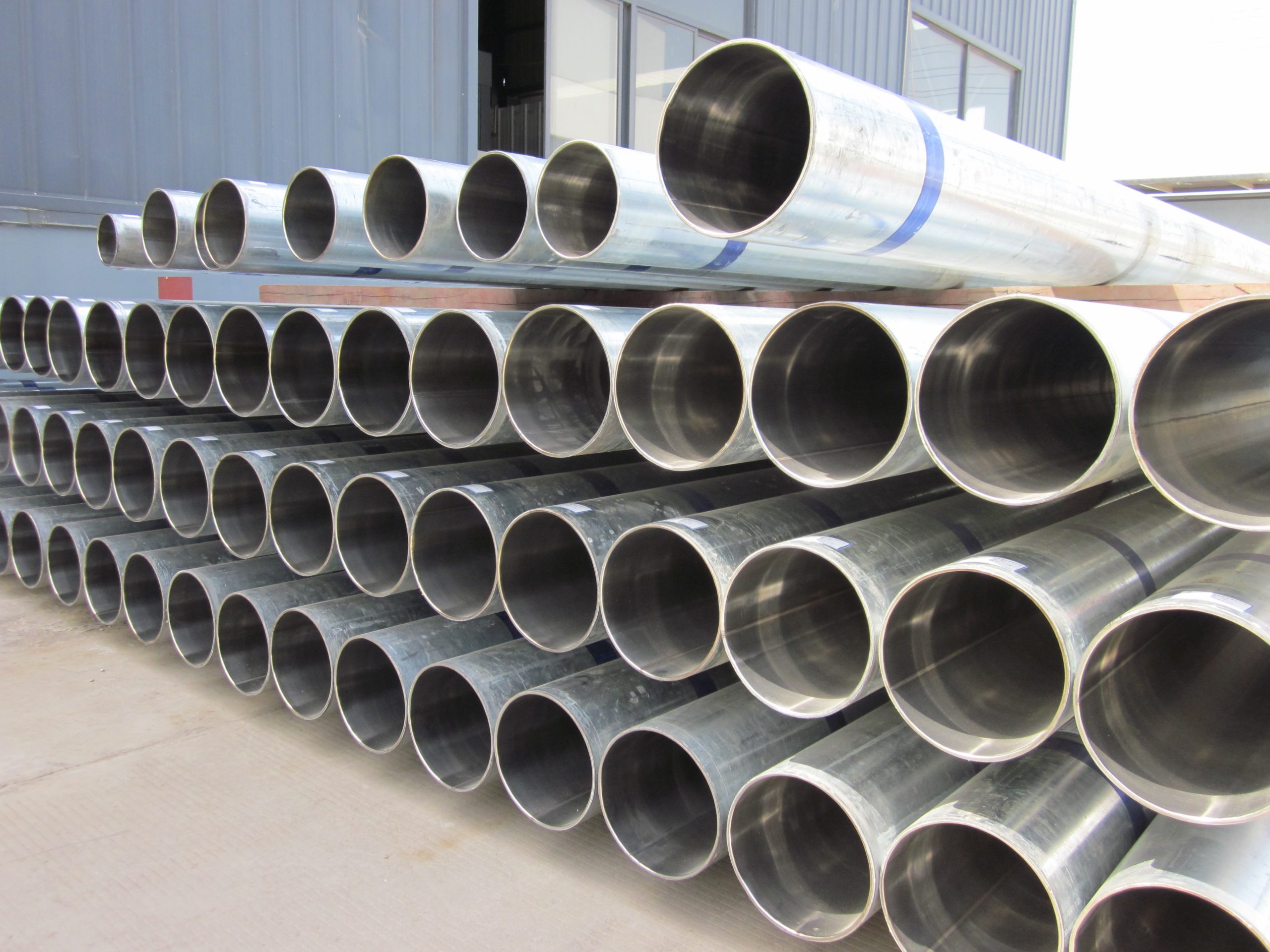
Soldagem de aço inoxidável FORRADA CANO envolve algumas etapas que requerem atenção cuidadosa para garantir um qualidade selo. Aqui está um método geral para soldar esses tipos de tubos:
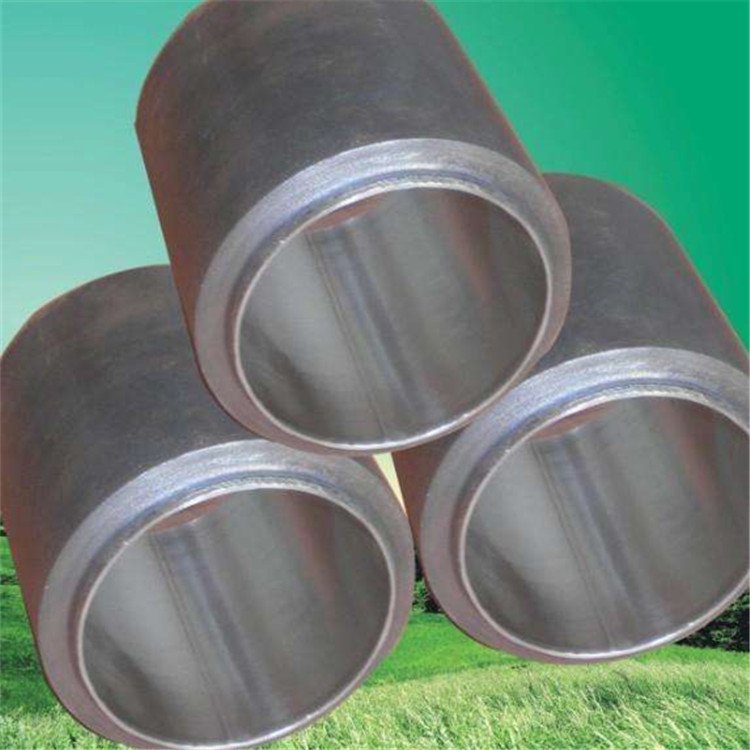
Material é necessário:
- Máquina de solda (TIG ou MEU normalmente para aço inoxidável)
- Material de enchimento de aço inoxidável
- Máscara e luvas de soldagem
- Escova de aço ou moedor
- Gás de soldagem (Argônio para TIG, uma mistura de Argônio e CO2 para mim)
Procedimento:
1. Preparação:
-
Limpeza de tubos – O passo mais importante antes de começar a soldar é limpar completamente o tubo. Você pode usar uma escova de aço ou um esmeril para remover qualquer ferrugem, escala, ou outros contaminantes presentes na superfície do tubo.
-
Alinhamento de tubos – Depois da limpeza, alinhe os tubos corretamente. Os tubos devem estar nivelados uns com os outros para criar uma junta perfeita. Use braçadeiras, se necessário, para segurar os tubos no lugar.
-
Configurando a máquina de solda – Dependendo da espessura do seu tubo, defina a potência apropriada e a velocidade do fio (para mim) ou amperagem (para TIG) na sua máquina de solda.
2. Soldagem por pontos:
- Comece por Soldagem por pontos em vários pontos ao redor junta de tubo. Isto irá manter os tubos juntos e evitar empenamentos durante o processo principal. Processo de Soldagem.
3. Soldagem Principal:
-
Passe raiz – O primeiro passe de solda geralmente é o Passe raiz, que é feito ao longo da junta do tubo. para aço inoxidável, um método comum é usar um gás de apoio, como argônio, para proteger a parte traseira da solda da oxidação. Isto é especialmente importante para aço inoxidável, que pode formar óxidos de cromo se exposto à atmosfera enquanto estiver quente.
-
Passes de preenchimento – Após a passagem de root, adicional Passes de preenchimento pode ser necessário para preencher totalmente a junta. O número de passes dependerá da espessura do tubo e da resistência desejada da junta.
-
passe de limite – A passagem final é a passe de limite, que deve suavizar a solda e garantir uma superfície uniforme.
4. Limpeza Pós-Soldagem:
-
Depois de terminar de soldar, é importante limpar novamente a área de solda para remover qualquer escória ou oxidação. Isso pode ser feito com uma escova de aço ou um esmeril.
-
Além disso, você pode precisar realizar tratamento térmico pós-soldagem, dependendo do tipo de aço inoxidável e da aplicação específica..
.
Lembrar, a segurança deve ser a maior prioridade durante a soldagem. Use sempre equipamento de proteção individual adequado, incluindo um capacete de soldagem, luvas, e roupas de proteção.
Também, observe que este método é um procedimento geral e pode variar de acordo com o tipo específico de aço inoxidável, Dimensões do tubo, e outros fatores. Sempre considere consultar um profissional ou consulte o específico especificação do procedimento de soldagem (WPS) para sua aplicação específica.

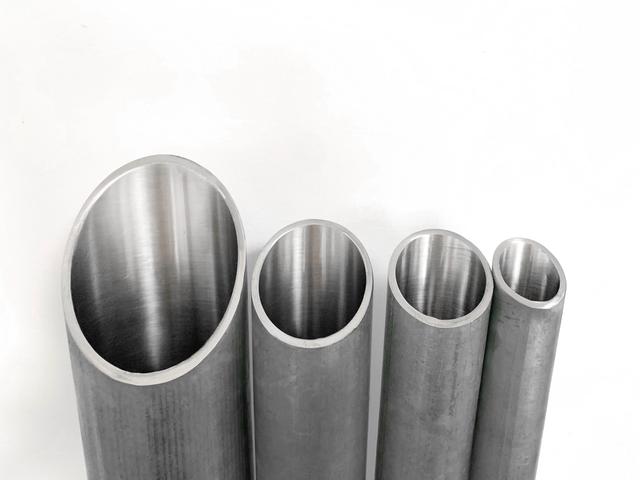
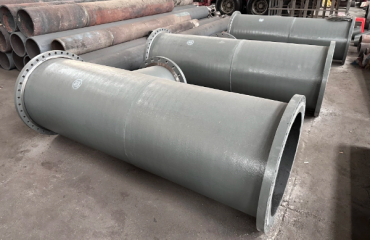
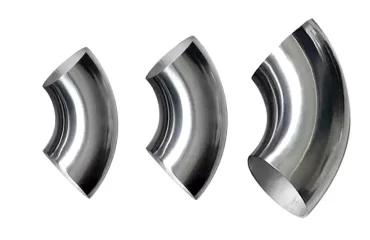
Você deve ser logado postar um comentário.